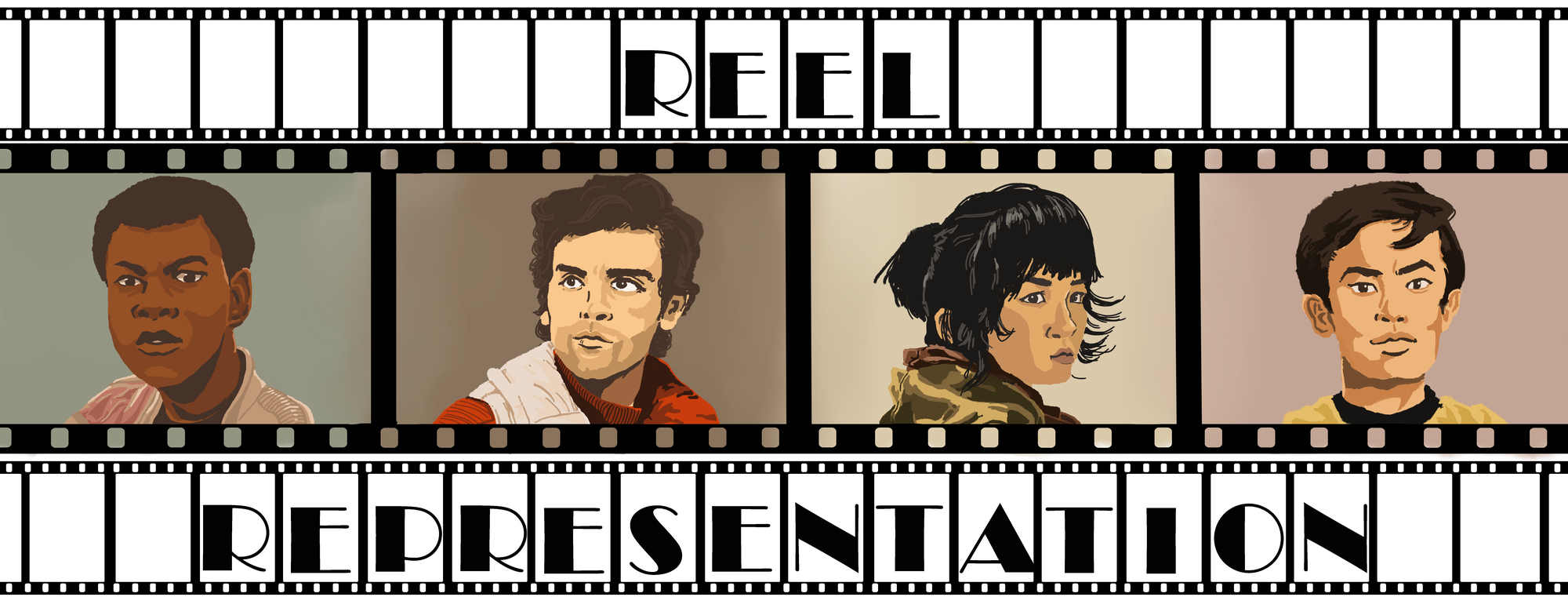Reel Representation: Plenty of space remains in ‘Star Wars’ franchise for LGBTQ inclusivity

(Claire Sun)
By Olivia Mazzucato
Jan. 7, 2018 10:57 p.m.
The Star Wars universe is populated with puffinlike aliens and weapons powered by crystals but in some ways, the fictional galaxy far, far away has come to resemble the world we live in – alien creatures aside, of course.
Female protagonists have starred in the most recent three films and numerous characters of color round out the cast, making Star Wars one of the more diverse franchises in Hollywood.
However, one dimension of diversity that Star Wars has yet to approach is LGBTQ representation, which has remained a heavily debated topic within the franchise. LGBTQ inclusion is an important step for a franchise that has created numerous characters of diverse backgrounds, allowing them to transcend the minimal roles that often confine them in other films.
The first installment of the new trilogy, “Star Wars: The Force Awakens,” generated some fan interest in a potential relationship between characters Finn (John Boyega), a former Stormtrooper, and Poe Dameron (Oscar Isaac), a Resistance commander. Both actors acknowledged the potential for a romantic relationship involving their characters, with Isaac saying that he didn’t think Poe’s storyline needed “to be nailed down in any kind of traditional way.”
Even “The Force Awakens” director J.J. Abrams voiced support for the possibility of future LGBTQ characters at the U.S.-Ireland Alliance’s Oscar Wilde Awards when he said, “When I talk about inclusivity it’s not excluding gay characters, it’s about inclusivity. … So it seems insanely narrow-minded to say that there wouldn’t be a homosexual character in that world.”
However, no such romance manifested in the film’s sequel, “Star Wars: The Last Jedi,” directed by Rian Johnson. When asked about the absence of LGBTQ characters in the film, Johnson responded, saying, “That just wasn’t a big part of it. … Sexuality, in general, is not something that’s (at the) front of my mind in any of these movies.”
Johnson went on to explain that the new trilogy, in general, lacked a central romance, and as he developed the script and story, he didn’t find any relationships that he felt would reasonably turn into a romance. Johnson finished by stating, “I think (LBGTQ representation) is something that absolutely could have a place in this universe. I’m sure it will at some point.”
I understand what Johnson is trying to say – he didn’t want to shoehorn a romantic storyline into the film simply for the sake of representation, and I wouldn’t want that either. However, I feel that given the film that Johnson delivered, his argument doesn’t necessarily hold up.
“The Last Jedi” did feature romance, including a brief kiss between Finn and newcomer Rose (Kelly Marie Tran) that felt slightly forced. As much as I love the two characters individually, the film didn’t spend much time developing their romantic relationship, which is why their battlefield kiss felt flat for me. Johnson was right – sexuality wasn’t something at the forefront of my mind during the film, but he still actively chose to include the kiss between the two characters.
Over the course of the new Star Wars films, the franchise has taken on a laudable approach to racial and gender diversity. Rather than tokenizing women and people of color, the new films simply cast them in leading positions. The new Star Wars characters showcase character development and complexity that is independent of their identity.
The franchise has clearly focused on normalizing rather than differentiating representation. While the original trilogy had very few women and people of color, in the new Star Wars universe, viewers can follow the story of a black Stormtrooper or see a strong, uncompromising woman in a position of power within the Rebellion.
It’s a similar tactic to the one that fellow science fiction franchise Star Trek has taken in recent installments with regards to LGBTQ representation – pilot Sulu (John Cho) was revealed to have a husband in the latest film, and the new show “Star Trek: Discovery” develops a relationship between two gay characters while treating their sexuality as a facet of their identity, rather than their sole reason for existence.
I hope that Star Wars someday takes a similar approach to inclusion by representing members of the LGBTQ community too – I would love to see a fearless female X-wing pilot who’s fighting for her wife back on the Rebel base, or a general who just so happens to be transgender. Such representation would serve as a powerful message, particularly coming from a series as iconic and successful as Star Wars.
Perhaps Johnson wouldn’t have been the right filmmaker to bring an LGBTQ character to the Star Wars universe given his seeming reticence, but one can’t help but wonder at what point LGBTQ representation will actually happen. Abrams is directing the new trilogy’s final installment, and given his vocal support, it is possible he might finally bring an LGBTQ character to the screen.
Star Wars serves as the perfect franchise to incorporate LGBTQ characters into science fiction because the films have always relied on a tapestry of diverse people and aliens to bring the world to life.
And since “The Last Jedi” found a way to incorporate Luke Skywalker (Mark Hamill) milking a giant marine creature, it doesn’t seem too improbable or far-fetched to have a few LGBTQ characters as well.


